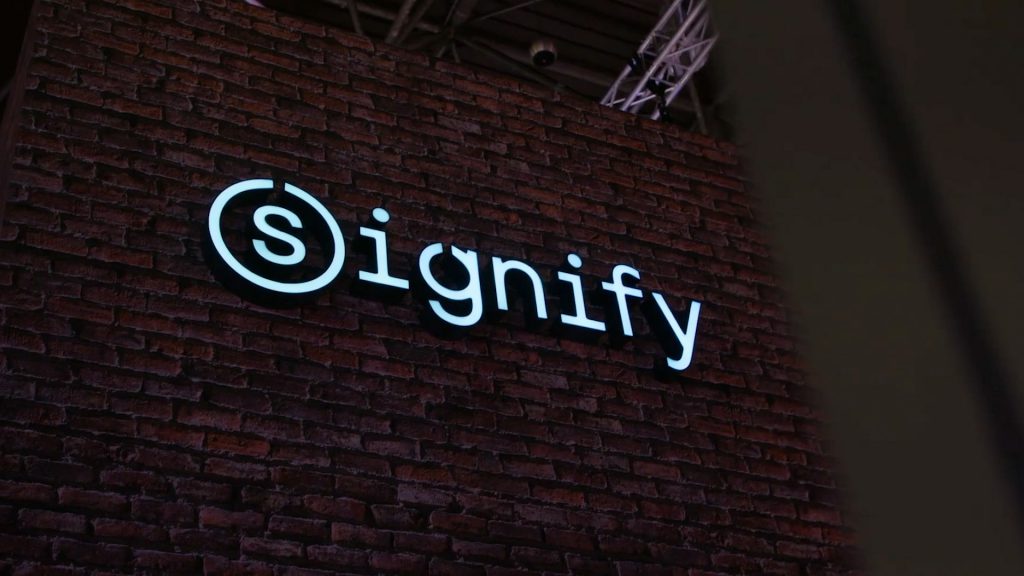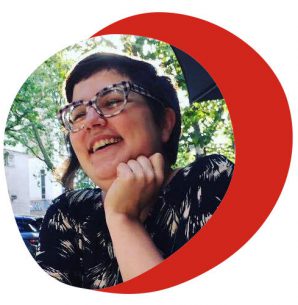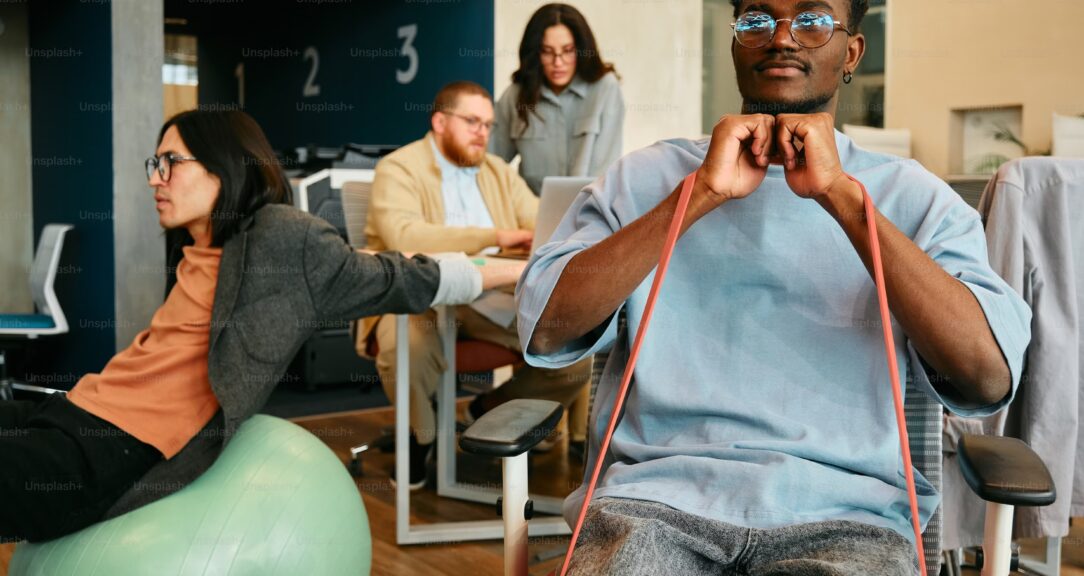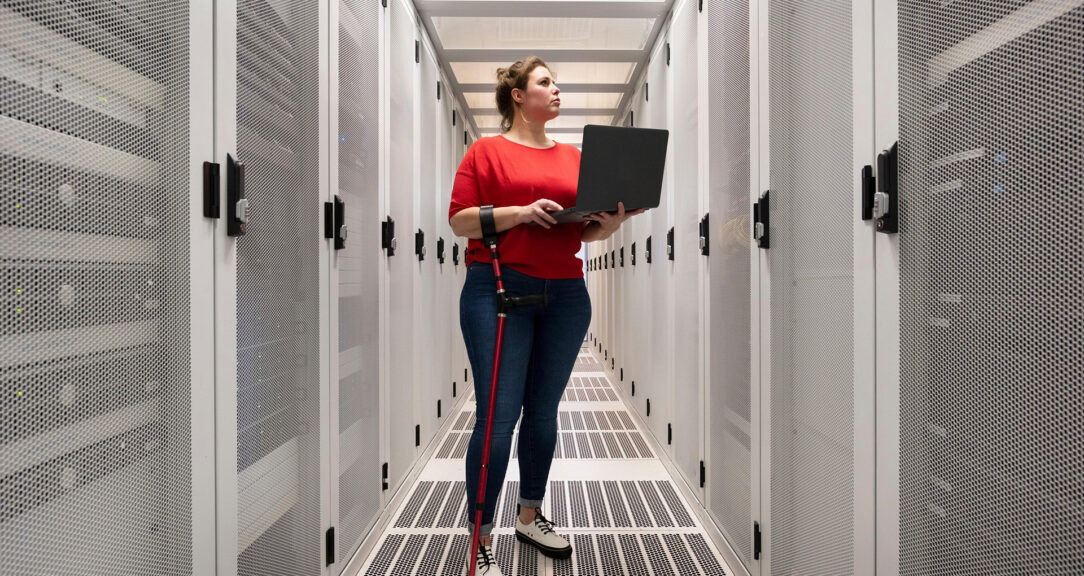The Dutch company Royal Philips was founded by a father and son in 1891, with cost-effective and reliable incandescent light bulbs as its first product. As more and more households went electric at the start of the last century, the era of commercial lighting was switched on.
More than 100 years later, Philips decided to spin off its lighting division in 2016, during another period of great innovation and change. Incandescent light bulbs were rapidly being replaced with energy-efficient LEDs, and connected lighting was an early application of the Internet of Things. Philips Lighting then became Signify in 2018, a move that let the company reinvent itself.
“The lighting business is going through an immense transformation,” says Mark van Bijsterveld, Signify’s chief HR officer. “But Signify is like a startup with 130 years of experience in the lighting industry.”
That history gives deep expertise and made Signify a market leader from the get-go, but the inherited HR and payroll systems weren’t as lean or modern as the new company. Modern lighting is able to cut energy use by 60% to 80% — why couldn’t payroll run just as efficiently?
Van Bijsterveld had been part of Philips’ HR team since 2006 and split off with the lighting division in 2016. At the time, Philips had 120,000 employees worldwide, with about a quarter of those employees in lighting.
“When we were planning the move of Signify out of Philips, I knew how important the back-office systems would be for continuity and a smooth process,” van Bijsterveld says. The company has a presence in 74 countries, in core markets such as the Netherlands, China and the United States, but also in many smaller markets with just a few dozen employees. Getting payroll right for all 37,000 employees globally was no small task.
Van Bijsterveld realized it was an opportunity to entirely redesign their payroll system, and Signify partnered with ADP to make it happen.
Payroll is like water. You turn on the tap, and you expect it to flow. It’s only notable if it doesn’t show up.
“We needed to create a strong, stable organization no matter the market. Payroll is like water,” van Bijsterveld says. “You turn on the tap, and you expect it to flow. It’s only notable if it doesn’t show up.”
Standardizing and simplifying Signify’s payroll was the goal. Focusing on France and Poland to begin with, teams from Signify and ADP got together to map out the payroll process. They put up brown paper on the walls and sketched out the processes in continuous improvement sessions, wrapping up the meetings with concrete action lists and KPIs.
In all, it took about 10 months to redesign Signify’s payroll process, but 95% of the efficiencies came out of a four-month sprint. Determining not only what would be changed, but the correct order of making those changes, required experts from both Signify and ADP to weigh in.
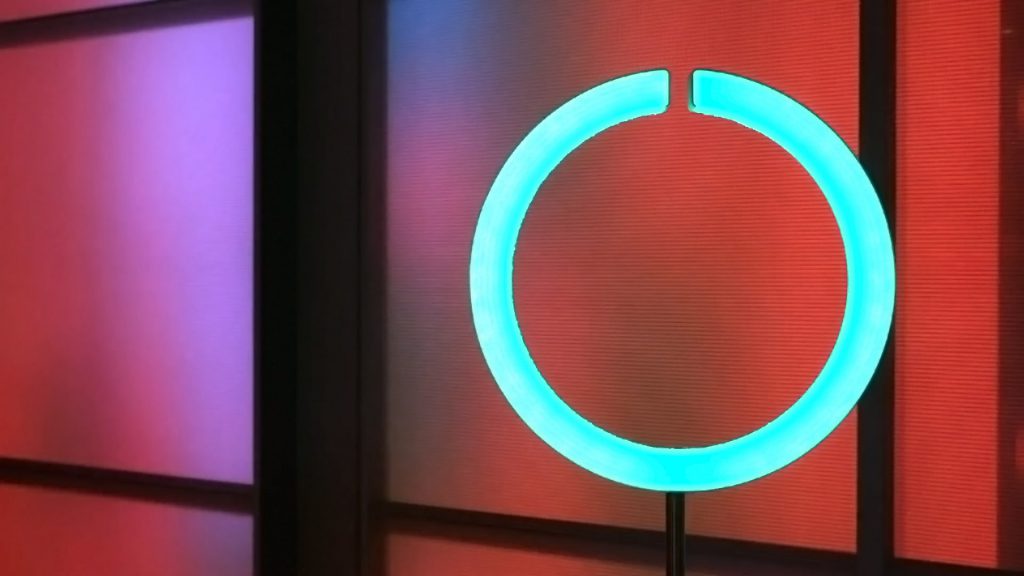
“The day after we ran the first payroll in Signify, I came into the office at the same time as the CEO, and we ended up in the same lift,” van Bijsterveld remembers. “As we went up, I said to him, ‘So, yesterday was a big day, wasn’t it?’ And he thought for a second then said, ‘What happened yesterday?’ I told him that we’d run the payroll without a hitch. The fact it went so smoothly that he didn’t notice anything was a sign of success.”
Integrating Workday and ADP as a unified payroll system allowed Signify to better adapt to pandemic-induced changes in 2020. “We learned in the process how to work together, which we did a lot of last year,” van Bijsterveld says.
The pandemic is likely to continue to have an effect on Signify’s business and the construction industry over the next few years, but the efficiencies van Bijsterveld’s team was able to create with ADP sets them up for success.
“A few years from now we’ll be more of a software IoT company and talking about lighting as a service rather than lighting as a product,” he says. “As an HR function, it’s fantastic being part of that.”
Read more
Sign up to keep up to date with ReThink Q.
